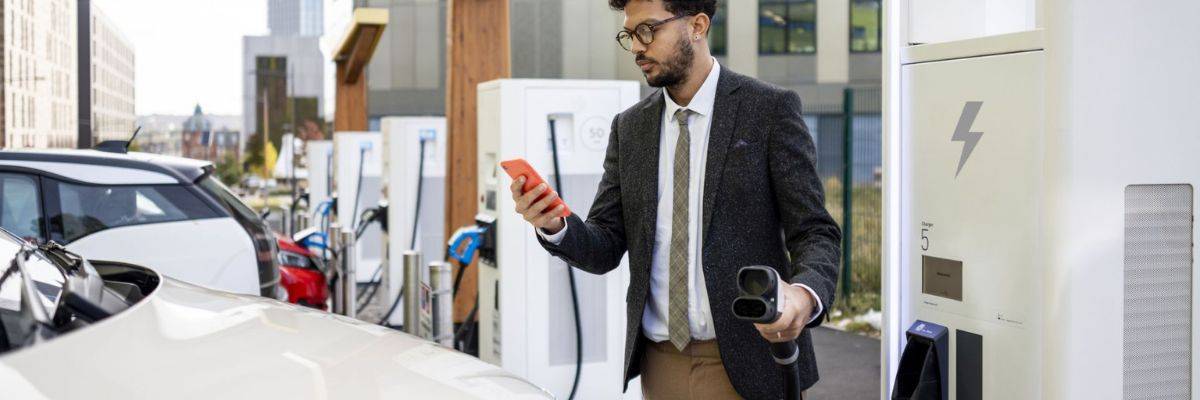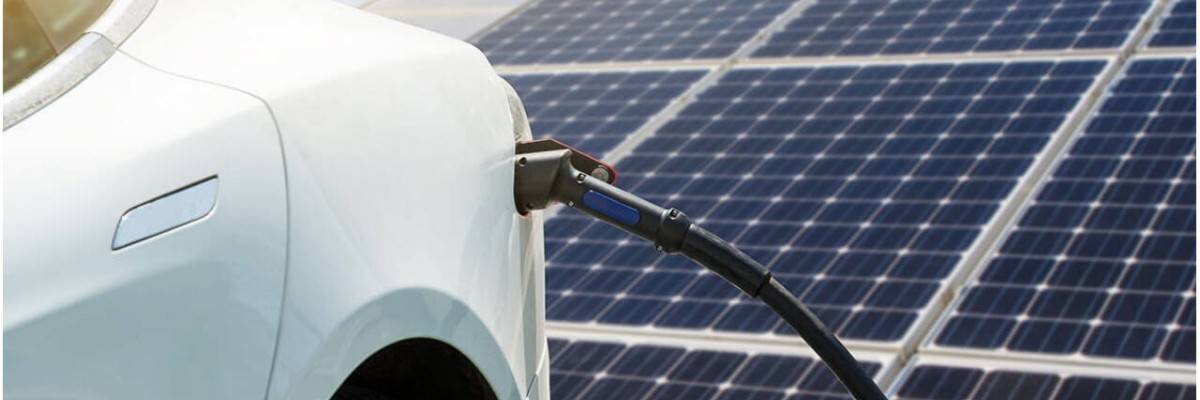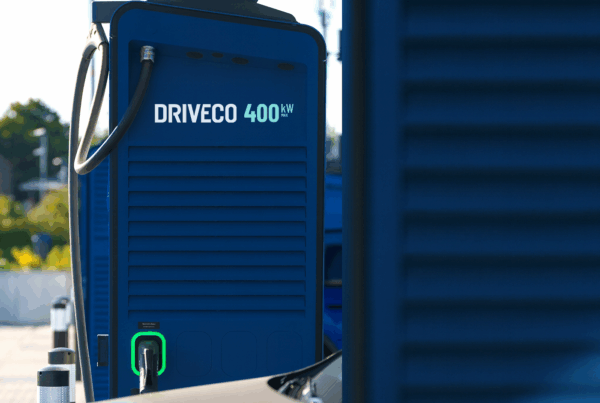As the push for sustainable real estate picks up speed, snagging environmental certifications like BREEAM and LEED has become more crucial than ever. A standout way to notch up points towards these certifications is by installing electric vehicle (EV) charging stations — either directly within buildings or nearby.
Setting up EV charging stations plays a dual role. Not only does it slash greenhouse gas emissions, but it also helps buildings meet the stringent criteria needed for environmental badges of honour. Nowadays, a building decked out with charging infrastructure stands a better chance of earning a top-tier environmental certification. While several national certifications appreciate environmental and energy prowess, BREEAM (Building Research Establishment Environmental Assessment Method) and LEED (Leadership in Energy and Environmental Design) continue to lead on the global stage.
The BREEAM Certification
What is the BREEAM certification?
Internationally recognized, the BREEAM certification is a method of assessing the environmental quality and sustainability of buildings. Developed in the United Kingdom by the Building Research Establishment (BRE) since 1990, this framework is now used in nearly 90 countries to assess the environmental performance of real estate assets, making it the most sought-after reference in the field.
In its rating, the BREEAM label integrates around ten technical, human, and ecological criteria, the latter also relating to biodiversity and eco-mobility.

The BREEAM categories in brief
- Management
- Health and Wellbeing
- Energy
- Transport
- Water
- Materials
- Waste
- Land Use and Ecology
- Pollution
- Innovation
How does the BREEAM certification take into account the presence of charging stations?
The integration of the presence of charging stations for electric vehicles is taken into account in several categories. Among these:
- Access to sustainable transportation (transport category)
The framework takes into account the provision of charging infrastructure for electric vehicles within or around the building, as well as their accessibility. - The energy used (energy category)
The score is increased if the electricity powering the building, and a fortiori, the charging stations comes from renewable sources. - Energy management (energy category)
BREEAM examines the integration of charging stations for electric vehicles into the building’s energy management strategies, aimed at optimizing resource use and reducing energy costs.
The LEED Certification
What is the LEED certification?
The LEED certification is a North American standardization system for high environmental quality buildings created by the US Green Building Council in 1998. Its principle and objectives are similar to those of BREEAM. Its evaluation criteria include energy efficiency, water consumption efficiency, heating, as well as the use of locally sourced materials and the reuse of their surplus.

How does the LEED certification take into account the presence of charging stations?
The presence of charging stations for electric vehicles is also evaluated here according to 3 criteria:
- Location and transportation
The framework takes into account the provision of charging infrastructure for electric vehicles within or around the building, as well as their accessibility. - Energy efficiency
The score is increased if the electricity powering the charging stations comes from renewable sources. - Innovation and design process
It is about considering the integration of charging stations for electric vehicles as an innovative measure promoting sustainable mobility and reducing greenhouse gas emissions.
Charging stations for electric vehicles are much more than just an asset for obtaining environmental certifications. While they do indeed allow decisive points to be gained with reputable labels such as BREEAM, LEED or other frameworks, their true added value lies in the opportunity they represent for real estate players. Equipping buildings with this infrastructure allows them to significantly increase the attractiveness and valuation of their real estate assets. In a real estate market where the demand for sustainable and energy-efficient properties is constantly growing, this “green” differentiation is a major distinguishing factor!




